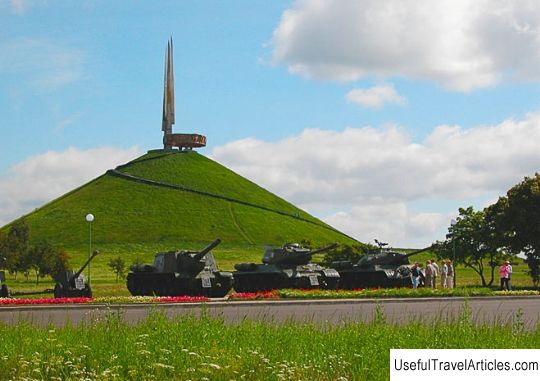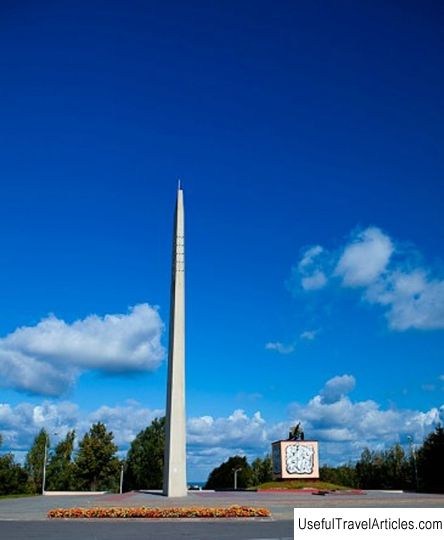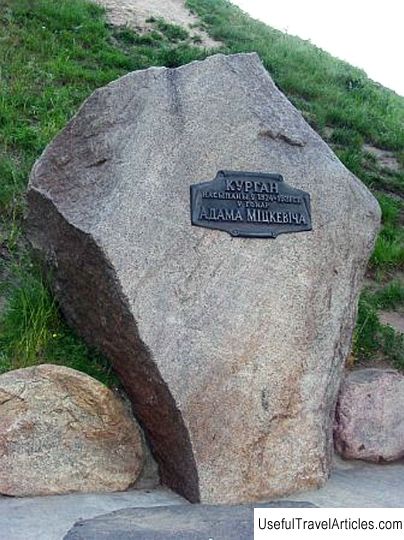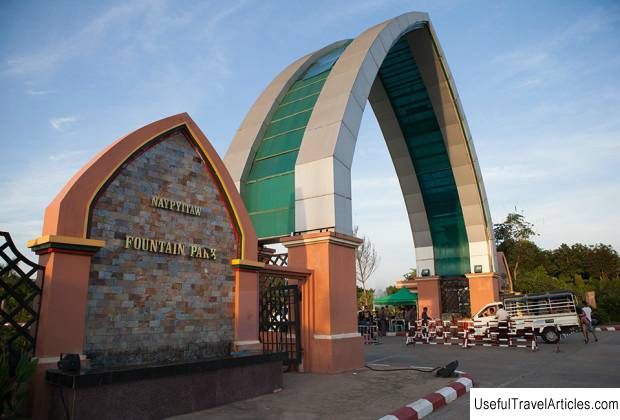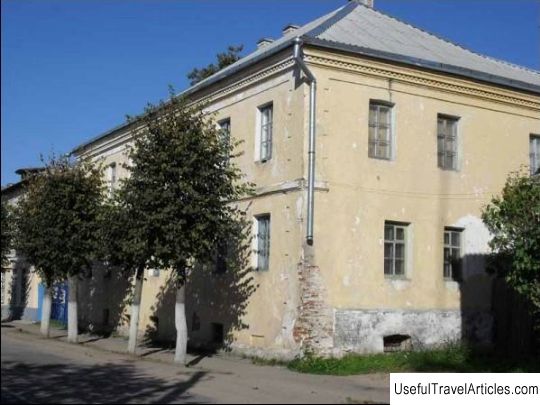Mound of Friendship description and photo - Russia - North-West: Sebezh
Rating: 8,3/10 (7078 votes) 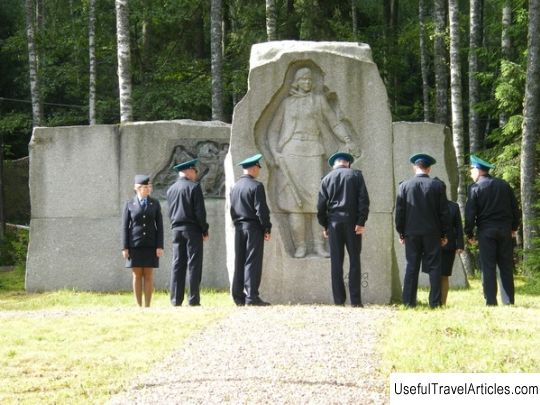
Kurgan of Friendship description and photo - Russia - North-West: Sebezh. Detailed information about the attraction. Description, photos and a map showing the nearest significant objects. Photo and descriptionNot far from Sebezh, at the place where the borders of Belarus, Latvia and Russia merge, there is the so-called Friendship Mound. This building is a monument to the heroism and incredible courage not only of Russians, but also of Belarusian and Latvian partisans, who jointly fought against the fascist troops. According to tradition, in the summer, on the first Sunday of July, the Friendship Mound is celebrated in the Pskov region. Today Kurgan is an artificially created hill during the 1960s on the territory of the then existing USSR. The land that was used to create the mound was taken from the places where soldiers and partisans of the Soviet Red Army died or were buried. Steps built of stone lead to the highest point of the hill, which became a continuation of several alleys on three sides, represented by the maple - Russian alley, lime - Latvian and birch - Belorusskaya. At the base of the mound, three slabs are mounted, and on them there are inscriptions made in three languages (Latvian, Belarusian and Russian), which indicate that the Mound of Friendship was built at the junction of the borders of the Soviet fraternal republics in honor of the inextinguishable military friendship that was sealed with blood during the Great Patriotic War of Latvian, Russian and Belarusian partisans. The opening of the monument took place on July 3, 1959. During the Great Patriotic War, the situation was such that the regions at the junction of Latvia, Belarus and Russia were occupied literally in the first days or weeks of the beginning of the war. Partisan detachments marched behind the front line. In the zone of the location of the Sebezhsky district of the RSFSR, the Osveisky and Rossony BSSR, as well as the border regions of the Latvian republic, armed groups and detachments were created, whose members attacked the German invaders, and also distributed leaflets, which supported the unquenchable faith in victory among all local residents. In the spring of 1942, the creation of a military community of Latvians, Russians and Belarusians took place, and by the fall of the same year objective conditions were agreed for the creation of a partisan fraternal land. The terms of the treaty represented a solid foundation built on the friendship and brotherhood of the three peoples, as well as on the unity of purpose aimed at fighting the enemy. Also, brigades of Russian, Latvian and Belarusian partisans were created. In the summer, in the month of August, 1942, the largest part of Osveiskiy, Driessen and Rossonoksky regions of Belarus were liberated from the German invaders. In these places, the beginning of the formation of the partisan region was laid. At the beginning of 1943, as a result of joint hostilities between Latvians, Belarusians and Russians, the largest part of the territory located at the junction of the BSSR, the RSFSR and the Latvian SSR was liberated - this is how the partisan region was formed, which occupied a significant part of the territory equal to 10 thousand square meters. km with a population of about one hundred thousand people. This territory stretched from the north to the south from the city of Novorzhev and to Polotsk itself, as well as from the west to the east from the Latvian city of Ludza to Nevel and Novosokolniki. In this area, special bodies of Soviet power operated, and schools were opened and collective farms worked. The protection of this region was entrusted to partisan formations. At the end of 1943, the troops of the Red Army approached the near protrusions of the partisan region. The largest part of the formations of folk heroes took part in the work with front-line intelligence, as well as military units, and this is what made it possible to fully compare all the foreseen actions. The victorious offensive of the Soviet Army took place at the end of June 1944. In the summer of July 3, 1959, to celebrate the 15th anniversary of the partisans of the Soviet fraternal land with detachments of the Soviet Army, the Mound of Friendship was opened.           We also recommend reading Holyrood Palace description and photos - Great Britain: Edinburgh Topic: Mound of Friendship description and photo - Russia - North-West: Sebezh. |
